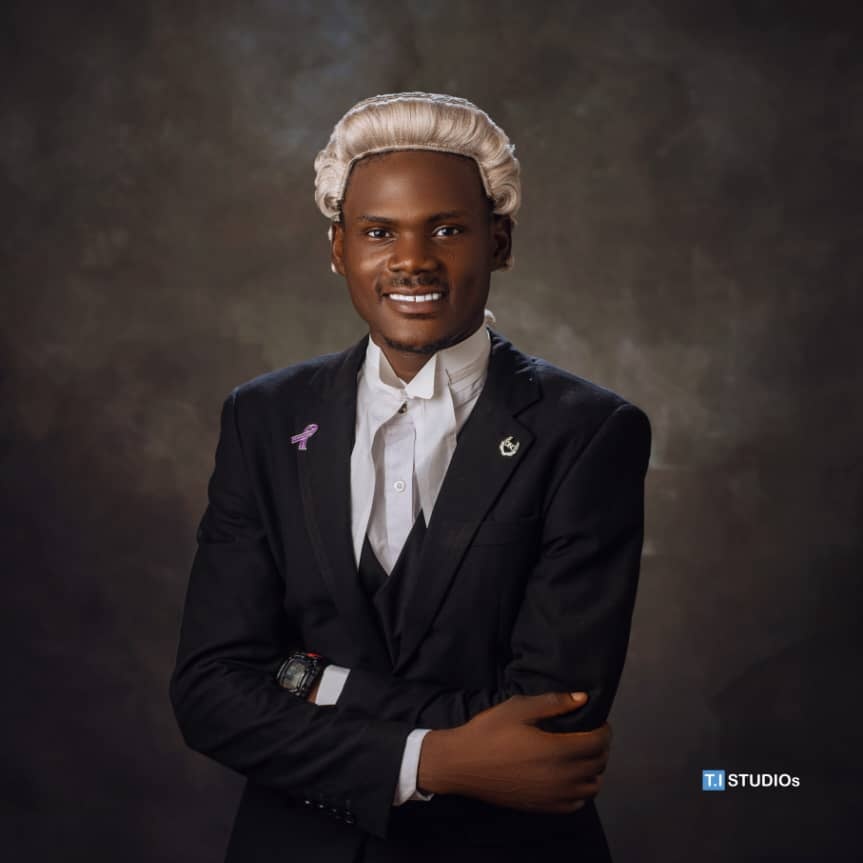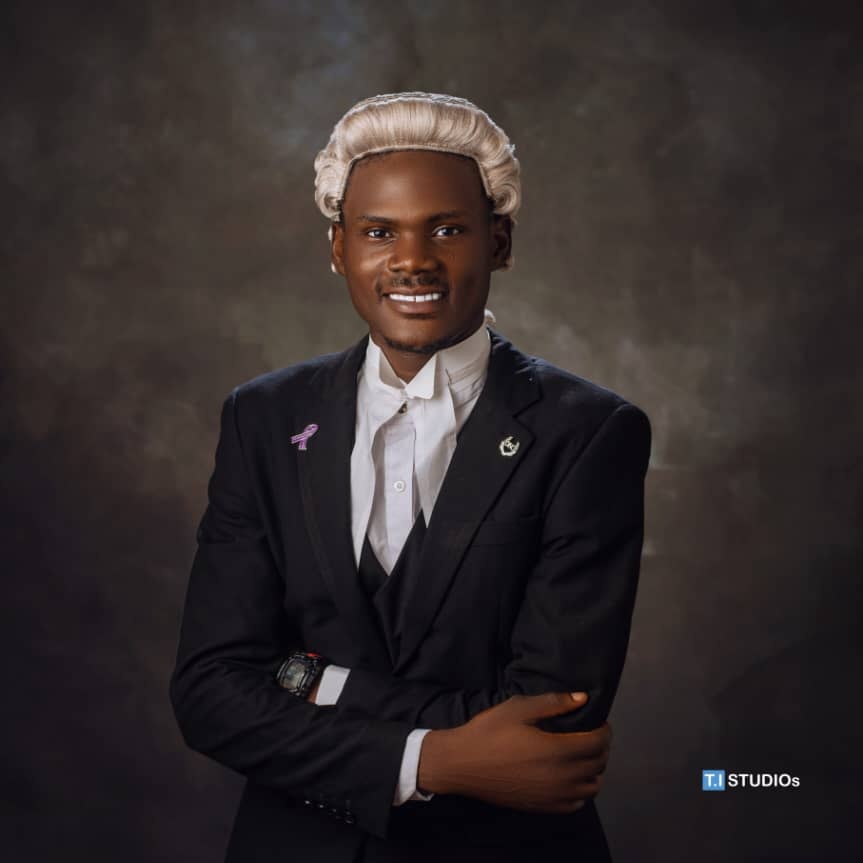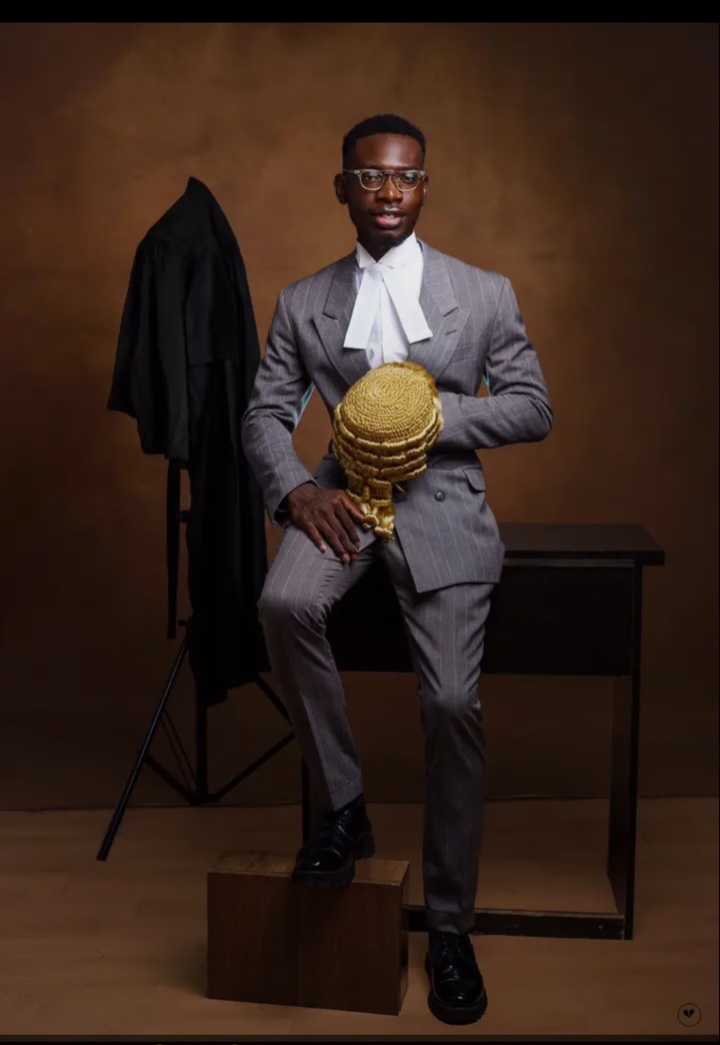By C. Favour Esq.
■ INTRODUCTION
The overly increment in advancement of artificial intelligence (AI) is transforming the legal landscape in sound ways. From AI-generated evidence to AI-powered contract analysis, the increasing use of technology in the legal system raises complex questions about liability, accountability, and the role of technology in the administration of justice. In this article, we'll explore the intersection of AI, technology, and law, and examine the challenges and opportunities that arise from the growing use of AI in the legal system.
■ THE RISE OF AI-GENERATED EVIDENCE: A NEW FRONTIER IN ADMISSIBILITY
Imagine circumstances in the world where AI-generated evidence is used to solve crimes, prove guilt, or exonerate the innocent. The use of AI-generated evidence in court proceedings is becoming increasingly common, but it raises pertinent questions about authentication and admissibility. In the case of People v. Lopez (2019), (2019) 453 P.3d 150, 8 Cal.5TH 353 the court considered the admissibility of AI-generated facial recognition evidence. The court ultimately held that the evidence was admissible, but noted that the reliability of the AI system would be a crucial factor in determining its weight.
In Nigeria, Section 84 Evidence Act 2011 governs the authentication of digital evidence, requiring that it be authenticated before it can be admitted in court. But what happens when AI-generated evidence is used? transparent about its decision-making processes? These are questions that lawyers, policymakers, and judges will need to grapple with as AI-generated evidence becomes more prevalent.
■ THE LIABILITY PUZZLE: WHO IS RESPONSIBLE FOR LIABILITY WHEN AI GOES WRONG?
With increase in the sophistication and flagrant use of AI systems , the question of liability becomes more complex. In the case of Boston Scientific Corp v Reed, 2016) 2:16-cv-05371. The UK Supreme Court considered the liability of a manufacturer for a defective product that caused harm to a consumer. The court held that the manufacturer was liable, even though the defect was not detectable at the time of manufacture.
The Nigerian courts have not yet considered the liability of AI systems in tort law, but the court will always draw on existing principles of product liability and vicarious liability to determine liability. As AI systems become more prevalent, it's essential that we develop clear guidelines on liability to ensure that those who are harmed are adequately compensated.
■CONTRACT LAW IN THE AGE OF AI: FORMATION, ENFORCEMENT, AND DISPUTE RESOLUTION
AI systems are increasingly being used to form and enforce contracts but a question on what happens when an AI system forms a contract that is disputed or ambiguous will arise. In the United States, there is more inclusivity of AI considerations in enactments covering tortuous acts for instance the issues of defamation and libel. The US government have extended their own laws and regulations to include comments made online as well as other traditional forms of media by enacting the Communications Decency Act of 1996. For the Uk, in the case of Smith v Jones. the UK Court of Appeal considered the enforceability of a contract formed by an automated system. The court held that the contract was enforceable, even though it was formed by an automated system.
In Nigeria, the courts have not yet considered the enforceability of contracts formed by AI systems. However, it's likely that they'll draw on existing principles of contract law to determine the validity and enforceability of such contracts. As AI systems become more sophisticated, it's essential that we develop clear guidelines on contract formation and enforcement to ensure that disputes are resolved efficiently and fairly.
■ THE CREATIVE POTENTIAL OF AI: OWNERSHIP AND PROTECTION OF INTELLECTUAL PROPERTY RIGHTS
Currently, AI are increasingly being used to create creative works, such as music, art, literature and a very interesting question as to who owns the intellectual property rights to these works would certainly spring up. In the case of Nova Productions Ltd v Mazooma Games Ltd, the UK Court of Appeal considered the copyright protection of a computer game. The court held that the game was protected by copyright, and that the defendant's use of similar code constituted infringement.
In Nigeria, the Copyright Act 2022 provides for the protection of literary, musical, and artistic works. However, it's unclear whether AI-generated works would be protected. As AI systems become more creative, it's essential that we develop clear guidelines on ownership and protection of intellectual property rights to ensure that creators are fairly compensated for their work.
■ AI IN CRIMINAL PROCEEDINGS: EVIDENCE, PROCEDURE, AND JUSTICE
AI systems are increasingly being used in criminal proceedings to generate evidence, analyze data, and predict outcomes. But what happens when AI-generated evidence is used to convict or acquit a defendant? In the case of _R v Gohil_ (2018), the UK Court of Appeal considered the admissibility of digital evidence in a criminal trial. The court held that the evidence was admissible, but noted that the reliability of the digital evidence would be a crucial factor in determining its weight.
In Nigeria, the courts have not yet given pinpointed decision the use of AI systems in criminal proceedings; however various conditions have been stated and provided for the use of various technological routes during court processes. Also, it is likely that they will draw on existing principles of evidence and procedure to determine the admissibility and weight of AI-generated evidence. As AI systems become more prevalent in criminal proceedings, it's essential that we develop clear guidelines on the use of AI-generated evidence to ensure that justice is served.
■CONCLUSION
The legal anatomy of AI and technology is complex and evolving. As AI systems become increasingly sophisticated and integrated into various aspects of society, it is essential to understand the legal framework that governs their development, deployment, and use. By examining the key issues, challenges, and opportunities that arise from the intersection of law and technology, we can ensure that the legal system remains effective and just in the age of AI.



